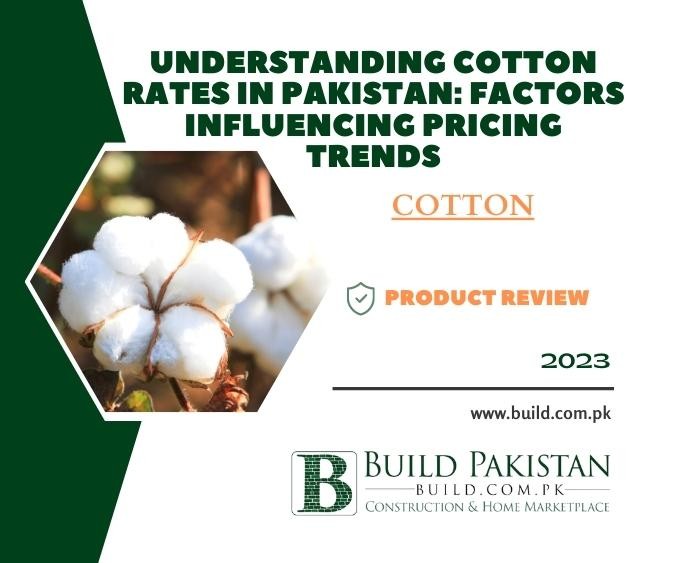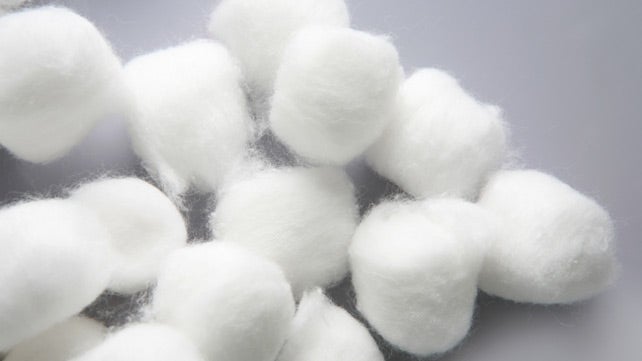Understanding Cotton Rates in Pakistan: Factors Influencing Pricing Trends

Introduction:
Cotton is a vital cash crop in Pakistan,
playing a significant role in the country's economy. As one of the world's
largest producers and exporters of cotton, Pakistan's cotton rates are of great
importance to farmers, textile manufacturers, and traders. In this blog post,
we will explore the factors that influence cotton rates in Pakistan and shed
light on the dynamics of this essential commodity.

Uses of cotton
Cotton is a versatile and widely used natural fiber that has
numerous applications across various industries. Here are some of the common
uses of cotton:
Textile and Apparel:
Cotton is primarily known for its use in
the textile and apparel industry. It is a popular choice for making clothing,
including shirts, T-shirts, dresses, jeans, undergarments, and more. Cotton
fabric is valued for its softness, breathability, comfort, and ability to
absorb moisture, making it suitable for a wide range of clothing styles.
Home Textiles:
Cotton is extensively used in the production
of home textiles such as bedsheets, pillowcases, curtains, towels, bathrobes,
and upholstery. Its natural properties make it ideal for these applications, as
it provides comfort, durability, and easy maintenance.
Bedding and Mattresses:
Cotton is widely used in the
production of bedding materials, including bedspreads, quilts, duvets, and
mattress covers. Cotton bedding offers comfort, breathability, and
hypoallergenic properties, making it a popular choice for a good night's sleep.
Industrial Uses:
Cotton has several industrial applications
as well. It is used for making industrial uniforms, gloves, canvas, tents,
tarpaulins, and other heavy-duty fabrics. The strength and durability of cotton
make it suitable for rugged and demanding environments.
Medical and Hygiene Products:
Cotton is used in the
production of medical and hygiene products such as surgical dressings,
bandages, cotton swabs, sanitary napkins, and baby diapers. Its softness,
absorbency, and hypoallergenic properties make it safe and comfortable for
these applications.
:max_bytes(150000):strip_icc()/GettyImages-122343737-52da417a8ccc40bc8a97351316e974aa.jpg)
Supply and Demand Dynamics
The supply and demand of cotton
have a direct impact on its pricing. A decrease in cotton production due to
factors like adverse weather conditions, pests, or diseases can lead to a
reduced supply, potentially driving prices up. Similarly, changes in global
demand for cotton products, such as fluctuations in textile industry
requirements, international trade policies, and consumer trends, can influence
prices.
International Market Factors
Cotton prices in Pakistan are
also influenced by global market trends. As cotton is a globally traded
commodity, international factors such as changes in supply from major
cotton-producing countries like the United States, India, and China, as well as
global economic conditions and currency exchange rates, can affect prices in
the domestic market.
Government Policies and Interventions
Government policies
and interventions can have a significant impact on cotton rates. In Pakistan,
policies related to subsidies, trade regulations, tariffs, and support to
farmers through agricultural programs can influence production levels and
prices. Additionally, the government's decision to import or export cotton, or
the implementation of measures to stabilize prices, can affect the market.
Quality and Variety
Cotton rates can vary depending on the
quality and variety of the cotton produced. Different cotton varieties have
varying characteristics, such as fiber length, strength, and micronaire value,
which can impact their market value. Higher-quality cotton with desirable
properties may command a premium price, while lower-quality or substandard
cotton may be priced lower.
Seasonal Factors
Cotton rates can fluctuate seasonally due to factors such as the timing of harvest, planting cycles, and market demand during specific periods. The arrival of new cotton crops, the transition between seasons, and the timing of textile industry requirements can influence pricing trends.
Market Speculation
Speculation by traders and investors can
also impact cotton rates. Market participants who anticipate changes in supply,
demand, or government policies may engage in buying or selling activities to
capitalize on potential price movements. Speculation can introduce volatility
in the market, leading to short-term price fluctuations.

Conclusion:
Cotton rates in Pakistan are influenced by a
multitude of factors, including supply and demand dynamics, international
market trends, government policies, quality and variety, seasonal factors, and
market speculation. Understanding these factors is essential for stakeholders
in the cotton industry to navigate the market effectively. By keeping an eye on
these influences and staying informed about market conditions, farmers, textile
manufacturers, and traders can make more informed decisions and adapt to
changing pricing trends.









